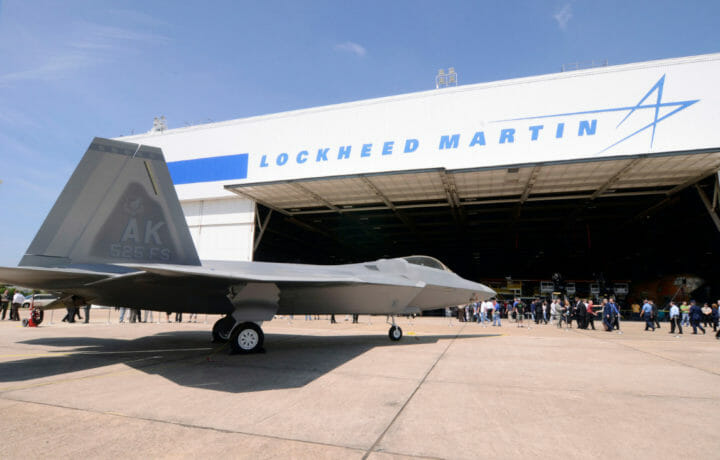One of America’s largest defense contractors, Lockheed Martin (LMT) offers many different types of products. The firm generates huge profits, while its valuation is quite attractive.
Lockheed markets a multitude of autonomous and semi-autonomous products. For example, it has developed small, autonomous, underwater vehicles for more than 35 years. These products can be launched from many types of aircraft, along with submarines and standard ships. Its Black Hawk helicopters have weapons that automatically determine range and ballistics. The company also offers the Multi-Domain Combat System which allows“uncrewed vehicle autonomy” and is being used by the Navy to help control unmanned MQ-25 planes which are stationed aboard the USS George H.W. Bush, an aircraft carrier.
Lockheed provides the Pentagon with many different types of planes. One of its most famous, newer aircraft is the F-35 Lightning II. According to Lockheed, the Lightning II is “ the most lethal, survivable and connected fighter jet in the world.” Additionally, the plane includes high tech sensors and communications tools which help enable it to obtain, analyze, and “share critical information across platforms and services,” according to Lockheed. The planes reportedly cost up to $109 million each as of a year ago.
Also noteworthy is that the company offers many types of missiles. For example, it provides a large variety of long-range, surface-to-surface, precise rockets and missiles. Many of these products are included in a product category that Lockheed calls the MLRS Family of Munitions (MFOM).
Recent News and Developments
On December 16, the company announced that it had launched a division that will help defense firms integrate AI into their businesses. Called Astris AI, the new unit will also assist other types of companies with developing the technology.
Also on December 16, Lockheed was awarded a contract of up to $107 million plus fixed fees to carry out R&D activities related to F135 engine upgrades.
Financial and Valuation Information
In the third quarter, Lockheed’s net sales rose 1% versus the same period a year earlier to $17.1 billion, while its earnings per share also climbed 1% year-over-year to $6.80. The company’s net income, however, fell slightly to $1.62 billion from $1.68 billion in Q3 of 2023.
In the 12 months that ended in September 2024, Lockheed’s sales climbed to nearly $71.3 billion, versus $67.69 billion in the 12 months that ended in September 2023.
On the valuation front, LMT stock is changing hands at a forward price-to-earnings ratio of 18.5 times, well below the average P/E ratio of the Aerospace and Defense sector which is 23.85 times.
In the three months that ended on December 17, LMT stock had dropped 14%. As a result, those who purchase the name now would be buying it on weakness. That can often be a very successful strategy when it comes to stocks.
Finally, the shares have a significant dividend yield of 2.7%. Consequently, even if the stock drops further for an extended period, investors who buy the shares now would be paid to wait for it to rebound at some point In the future.



